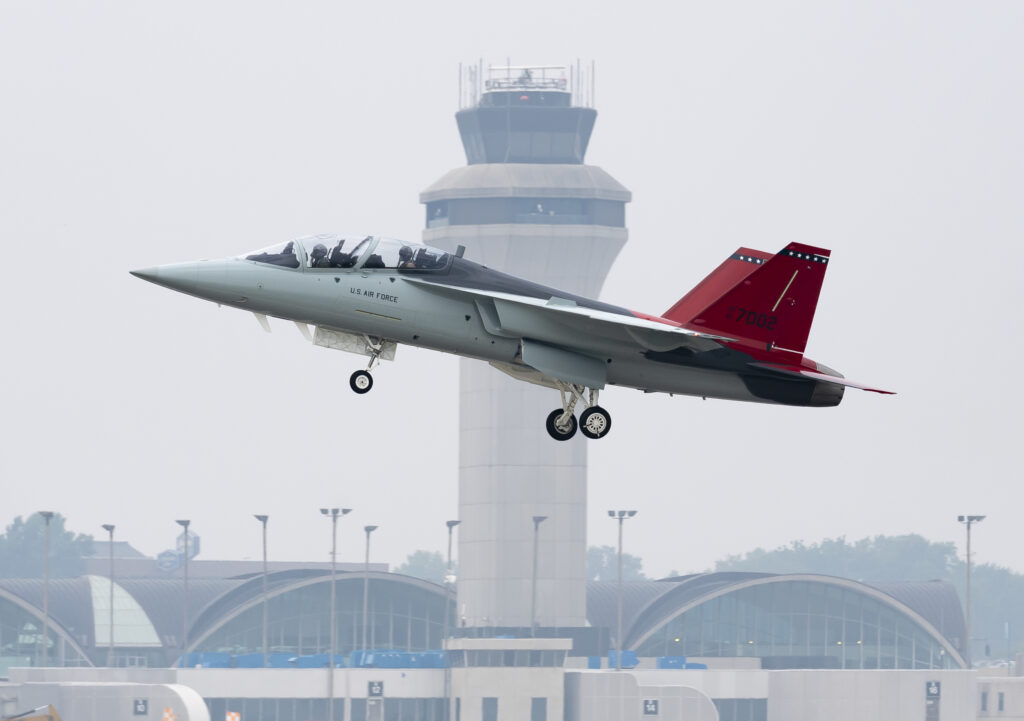Breaking through barriers to military innovation is crucial in order to stay ahead of potential threats in an ever-advancing technological landscape. This requires a shift in mindset and approach, prioritizing collaboration, agility, and creativity. Collaboration with diverse experts and industry partners can bring about groundbreaking solutions, while embracing agility and experimentation can help break down bureaucratic barriers and accelerate innovation. Encouraging creativity and risk-taking can lead to unconventional solutions and a competitive advantage. Looking ahead, advancements in artificial intelligence, autonomous systems, and quantum technologies will shape the future of military innovation, necessitating a concerted effort to embrace a new era of innovation. This approach is essential for maintaining a technological edge and ensuring the security and success of military operations in the 21st century and beyond.
Breaking Barriers: The Future of Military Innovation
The Current Landscape
As technology continues to advance at a rapid pace, the military is constantly seeking new ways to innovate and stay ahead of potential threats. However, there are several barriers that impede the progress of military innovation. These barriers include budget constraints, bureaucratic processes, and cultural resistance to change. In order to overcome these barriers, the military must embrace a new approach to innovation that prioritizes collaboration, agility, and creativity.
Collaboration
One of the key factors in breaking through barriers to military innovation is the importance of collaboration. By bringing together a diverse group of experts from various fields, including technology, science, and engineering, the military can leverage the collective knowledge and skills of these individuals to develop groundbreaking solutions to complex problems. Furthermore, collaboration with industry partners and academic institutions can provide access to cutting-edge technologies and research, further enhancing the military’s ability to innovate.
Agility
Another important aspect of military innovation is agility. The ability to quickly adapt to changing circumstances and rapidly iterate on new ideas is essential for staying ahead of potential adversaries. By adopting agile processes and embracing a culture of experimentation, the military can break down bureaucratic barriers and accelerate the pace of innovation. This can be achieved through the implementation of dedicated innovation units or labs, which are empowered to operate with greater autonomy and flexibility.
Creativity
Finally, creativity plays a critical role in military innovation. Encouraging a culture of creativity and risk-taking can lead to the development of unconventional solutions that may have otherwise been overlooked. By fostering an environment where individuals are empowered to think outside the box and challenge conventional wisdom, the military can unlock new opportunities for innovation and gain a competitive advantage in an increasingly dynamic and complex global landscape.
The Future of Military Innovation
Looking ahead, the future of military innovation is likely to be shaped by advancements in artificial intelligence, autonomous systems, and quantum technologies. These emerging technologies have the potential to revolutionize the way the military operates, providing new capabilities for intelligence, surveillance, reconnaissance, and logistics. Furthermore, the integration of these technologies into military platforms and systems will require a concerted effort to break through traditional barriers and embrace a new era of innovation.
Conclusion
In conclusion, breaking through barriers to military innovation requires a fundamental shift in mindset and approach. By prioritizing collaboration, agility, and creativity, the military can overcome budget constraints, bureaucratic processes, and cultural resistance to change. Embracing a new era of innovation will be essential for maintaining a technological edge and ensuring the security and success of military operations in the 21st century and beyond.
